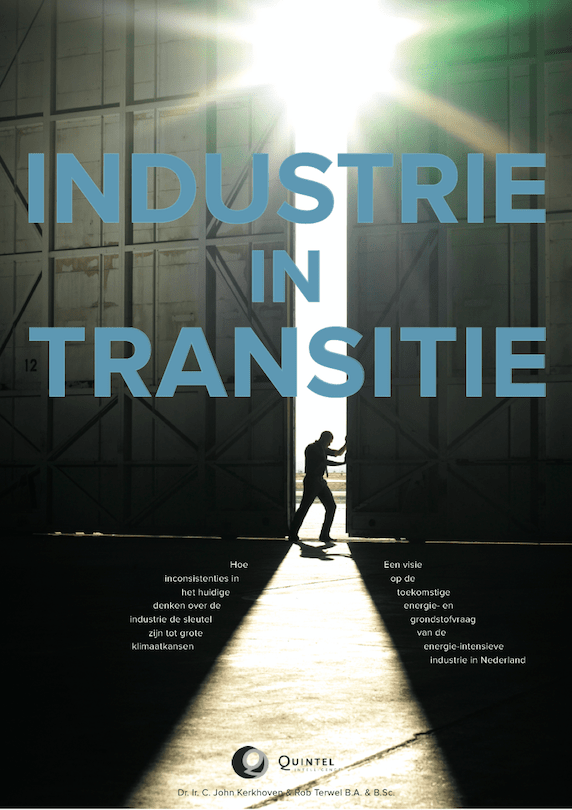Industry in transition


Industry accounts for about 50% of final energy demand in the Netherlands, and is the sector with the largest CO2 emissions. The heavy industry is more heterogenous than other sectors and there is not simply one decarbonisation option that works for the whole sector. In virtually all reports, the industry is set to grow and become more efficient, yielding the same footprint as now.
Because the industry is strongly embedded in the energy system, we decided to look at it from a novel, external perspective. Also, because of its heterogeneity, we considered subsectors individually.
We considered each individual industrial subsector, and analysed its relation to the rest of the energy system and society. For many subsectors, we found previously overlooked connections, of which we quantified the most extreme impact. This gives an upper limit on how an individual trend might affect the size and structure of an industrial subsector.
Let's consider refineries. Refineries produce fuels for cars, trucks, ships and planes. If these modes of transport become electric or run on alternative fuels, they no longer need refinery products. If cars and trucks become electric and ships run on non-petroleum-based fuels, the refinery product demand falls by about 70%, and the energy usage and CO2 emissions by approximately the same amount.
If we add the extremes, we find an industrial primary energy reduction of up to 50%, subsector volume declines of up to 70% and a 30 megaton CO2-emission reduction. Projects we have done since this one, such as the Aviation project, further increase these numbers and enhance our ideas of how a climate-neutral industry can be realised.